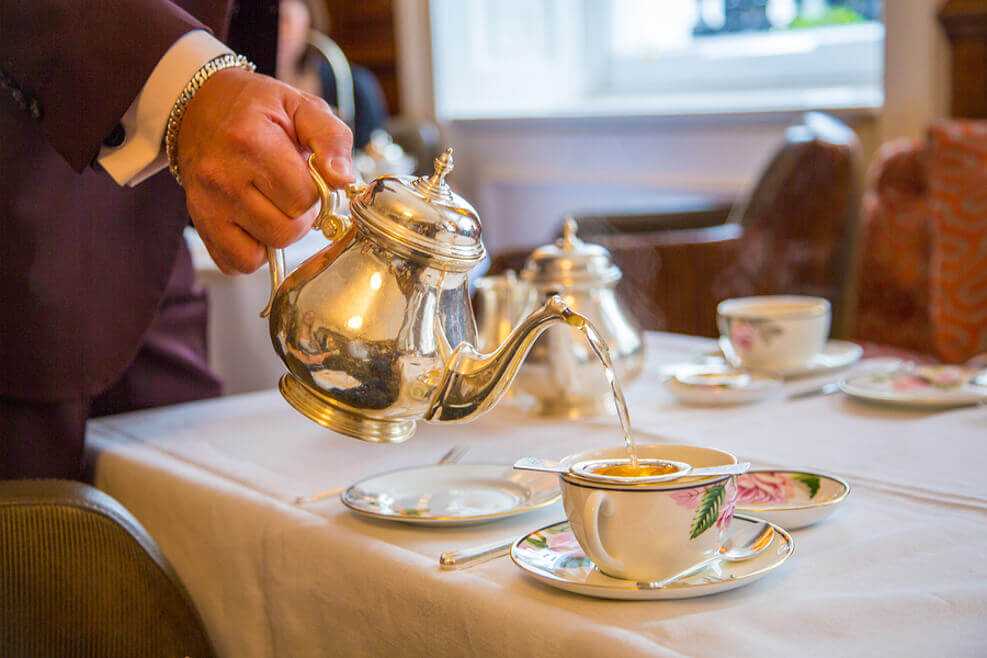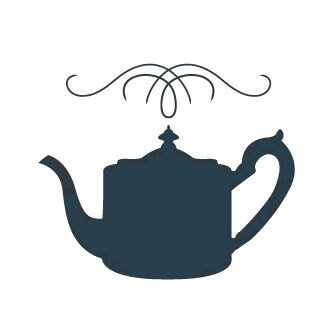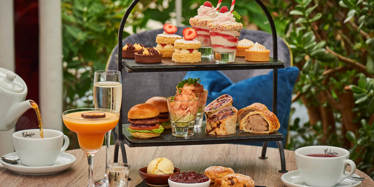- News & Reviews
Afternoon Tea Etiquette - Top 10 Dos & Don'ts

Save for perhaps queuing and complaining about the weather, is there anything more traditionally British than Afternoon Tea?
Here at AfternoonTea.co.uk, we often get asked about the rules and etiquette that you should follow when indulging in this delightful institution. How long should you brew the tea for? Should you put the milk or tea in first? Is there a dress code?
Well, the UK's premier Afternoon Tea guide have compiled together a list of the essential "dos and don'ts" of our favourite meal of the day to answer all these questions and ensure you are fully equipped to enjoy Afternoon Tea at one of our many venues. However, you must remember that these are usually a matter of personal taste and preference - and the most important thing about your Afternoon Tea experience is that you relax, unwind and enjoy this wonderful pastime without fear.
1 - What is the dress code for Afternoon Tea?
First things first, before you even sit down to enjoy a delectable Afternoon Tea it is likely that you will be wondering about the dress code for what seems such a formal occasion. Most venues have a relaxed 'smart casual' dress code these days, so there is no need for men to wear a jacket and tie (unless otherwise specified) - trousers or smart jeans, collared shirt and clean/un-scuffed shoes are acceptable. No sportswear or trainers (sneakers). For the ladies it's the perfect excuse to get dressed up!
2 - Cream Tea, Afternoon Tea, High Tea or Royal Tea - what's the difference?
The terminology used often confuses people when talking about Afternoon Tea. A 'Cream Tea' is usually just scones with cream and preserves served with tea. 'Afternoon Tea' is traditionally sandwiches, scones and a selection of cakes, served with tea. Visitors from overseas often refer to the British Afternoon Tea as 'High Tea' but this term traditionally signifies an entirely different meal, usually comprising more savoury foods and an altogether heartier meal, historically taken by the lower classes. Some hotels, such as the Ritz in London advertise 'High Tea in London' due to the popularity of Afternoon Tea with overseas visitors. 'Royal Tea' is a less widely used term signifying the addition of a glass of champagne to a traditional Afternoon Tea, for those extra special occasions!
3 - Is it acceptable to dunk biscuits into my tea?
There is not much to say on this matter, other than a very stern and finger wagging no! In the privacy of your own home this is a perfectly acceptable and enjoyable practice, however, we suggest you do not partake in this when taking Afternoon Tea in one of the finest hotels in the country.
4 - Cream or jam first?
An integral part of an Afternoon Tea experience is the inclusion of freshly baked, warm scones with cream, butter and preserves. This conundrum, along with the meaning of life and how long is a piece of string, is yet another of life's on-going debates. Both the Cornish and Devonshire people lay claim to the invention of the Cream Tea, and each have a view on the order of the toppings. The Devon tradition is cream first with jam spread on top, whilst the Cornish tradition is to slather the jam on and top it off with clotted cream. At the end of the day, it remains a matter of preference.
5 - How should I stir the tea?
When preparing your tea, there are many ways in which you can tailor the drink to your own personal tastes. This can be through the addition of lemon, sugar or milk. No matter what your accompaniment, there is one thing that always stands: you must remember to stir correctly! Place your spoon in a 6 o'clock position in the cup and fold the tea towards the 12 o'clock position whilst making sure not to 'clink' the spoon against the sides of the cup. You must also remember to not leave the spoon in the cup, instead placing it on the saucer to the side of the cup.
6 - How long should I let my tea brew for?
This is another common question, and another that lies firmly in the realm of personal preference, although there is some science involved as well. Depending on your own taste and the type of tea used you can alter brewing time to suit, but the longer you brew the tea the higher the level of antioxidants called flavonoids, which research has shown to have many health benefits. We would recommend three to six minutes of brewing time, no longer, so as to avoid damaging the flavour of the tea.
7 - What type of tea should I use?
There are hundreds of different varieties of tea and each particular tea suits certain tastes, accompaniments and brewing times, however we would always stress the use of loose leaf tea when crafting your perfect Afternoon Tea, so as to obtain the finest experience possible. Tea bags and the popular brands of tea certainly have their place, but the use of a speciality loose leaf tea enhances the flavour as well as the overall experience of taking Afternoon Tea.
8 - Pinkies Up?
Absolutely not. The common misconception is that outstretching one's little finger aids the balance of the cup when taking a sip of tea; this is almost certainly not the case and is not only pointless, but slightly silly. We wouldn't recommend grasping the cup in the palm of your hand, but there is no need to stick a pinkie out. It has rapidly become one of Afternoon Teas most common faux pas.
9 - How should I eat my scones?
Common practice dictates that when eating the scone section of an Afternoon Tea you would break small pieces off and top each section with the desired amount of butter, cream or jam eating them individually so as to avoid any social mishaps. This however is a far less observed guideline and some may choose to slice the scone in half and top each section with the desired preserves and cream.
10 - Should I put milk or tea in to the cup first?
The question of the order in which you add milk to tea or tea to milk is quite possibly the most hotly debated of all the tea related enigmas and unfortunately, like many good tea connoisseurs before us, we are unable to offer the definitive answer. Both schools of thought have notable benefits. If you put the tea in first then you allow the guest to flavour their own tea to their personal preference.
Putting milk in first apparently offers a better combination of the two liquids and traditionally the cold milk protected delicate china from boiling tea that may crack or damage it. You can usually make the decision yourself by pouring your own tea, but at some of the top hotels the tea is poured for you and you add the milk afterwards.
Despite all of the quaint practices associated with the experience, the important thing to remember is that Afternoon Tea is meant to be fun, and you can't let the etiquette get too much in the way of your own personal enjoyment.




